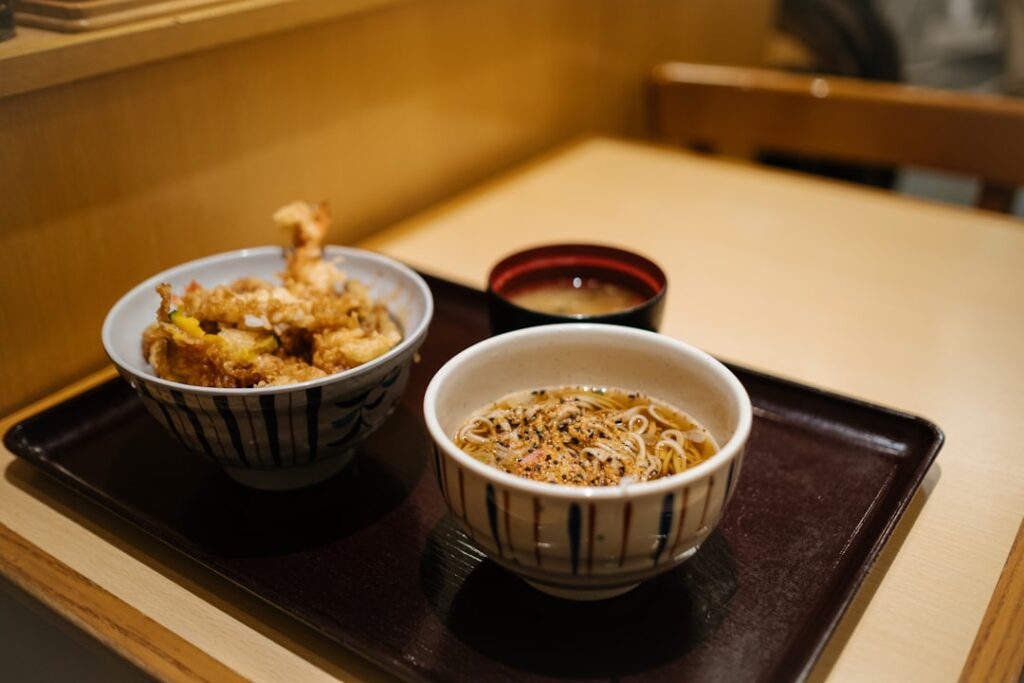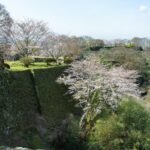Step aside, ordinary bathhouses—Tokyo’s Neo-Sento movement is rewriting the rulebook for urban relaxation. Combining traditional Japanese bathing culture with cutting-edge art, live music, and innovative vegan sento cuisine, these reinvented public baths are drawing a hip crowd of locals and travelers alike. Whether you’re looking for a soak that’s steeped in history or a fresh new way to experience Tokyo’s subcultures, the city’s Neo-Sento phenomenon promises an unforgettable (and truly local) journey. This guide dives into the heart of Tokyo’s sento renaissance, exploring its hottest venues, their creative events and design, delicious vegan snacks, and insider tips for your first visit.
What Is Neo-Sento? Tokyo’s Public Bath Renaissance
For more than a century, sento—public bathhouses—have been bastions of Japanese urban life, offering a place for cleansing, relaxation, and community. But in recent years, aging facilities and shifting lifestyles led to their decline. Enter the “Neo-Sento” revolution: a grassroots wave led by young managers, artists, food creators, and designers. By blending respect for sento heritage with art installations, creative events, and inclusive menus, these renewed bathhouses are bringing a new generation back to the steam-filled sanctuaries.
This Neo-Sento trend is about more than just a bath: it’s a cultural and social meeting point. Walls splash with murals by contemporary artists, DJs and live musicians perform on special sento nights, and community spaces buzz with creative workshops. The result is a Tokyo subculture where vintage bath rituals mingle with the pulse of the city’s youth and makers.
Tokyo’s Neo-Sento Hotspots: Kosugiyu, Koganeyu, and Yuen Bettei Daita
Some Neo-Sento venues have become cult-favorites among Tokyoites and international visitors. In Koenji, Kosugiyu stays open late and welcomes all generations under its vintage noren curtain. Frequented by artists, musicians, and students, you’ll find not only hand-painted Mt. Fuji murals, but bustling communal energy and pop-up food stalls post-bath.
Moving east to Sumida, Koganeyu is a masterclass in contemporary sento design—a 2020 renovation transformed this decades-old spot into an urban retreat. Its striking minimalist interior, creative lighting, and craft beer bar make it a magnet for the neighborhood’s creative class. Try one of their local brews after a deep soak!
For a slightly upscale twist, Yuen Bettei Daita in Setagaya seamlessly fuses centuries-old bathhouse aesthetics with boutique hotel service. Here, guests can linger in outdoor rotenburo baths, relax in tatami lounges, and sample a menu that reflects the district’s slow-living ethos—popular with both locals and stylish travelers.
The Art and Music of Neo-Sento: Soaking in Modern Japanese Culture
What truly sets Neo-Sento apart is the embrace of art and music in spaces typically reserved for quiet reflection. Step into Kosugiyu or Koganeyu, and you might find yourself immersed in a live jazz set, a weekend DJ party, or even an indie film screening projected onto bathhouse walls! These events transform sento into spaces of creativity and play—a modern reset for the senses.
Visually, too, Neo-Sento is changing the game: Gone are the days of basic blue tiles and retro plastic stools. Today’s reimagined sento show off bold murals by young painters, creative LED lighting, and Instagram-worthy changing rooms. Think of it as pop culture colliding with hot water—the perfect setting to connect with Tokyo’s evolving creative scene.
Vegan Sento Eats and Craft Drinks: A Feast for the Mind and Body
In the Neo-Sento world, the rejuvenation isn’t limited to the baths—food and drink are getting a makeover, too. Many sento now offer plant-based “bath snacks” such as vegan ice cream, tofu donuts, or sweet potato treats, mindful of the city’s growing vegan and health-conscious crowd.
Don’t miss out on craft drinks: at Koganeyu, for example, you can sip a chilled craft beer or a glass of locally brewed kombucha. These taste experiences are designed to complement your bath—refreshing, light, and bursting with local flavor. It’s sento, but not as you know it!
Your Neo-Sento Adventure: Traveler’s Guide to Tokyo’s Best Baths
New to the sento scene? Don’t worry—Tokyo’s Neo-Sento are famous for their warm, laid-back vibes and friendly regulars. Here’s a quick primer:
- Arrive Clean: Wash thoroughly at the shower stations before entering the communal baths.
- Bring (or Rent) Towels: Some sento provide rentals, but bringing your own is always safe.
- Try the Local Snack: Whether it’s vegan ice cream or satoyama tea, don’t skip the unique sento bites at the lounge!
- Embrace the Community: Chat quietly with locals, admire the art, or ask staff about upcoming music nights.
- Respect the Space: Photography rules vary, but being mindful of others’ privacy is always key.
For the truly adventurous, try sento-hopping: visit a couple in one evening and compare their art, snacks, and soaking styles—it’s a uniquely Japanese way to explore Tokyo’s hidden neighborhoods and subcultures!
Tokyo’s Neo-Sento renaissance is more than a nostalgic revival; it’s living proof that ancient traditions can thrive when infused with youthful energy and creativity. Come for the bath, stay for the culture—and leave with an entirely new sense of what Tokyo has to offer.








